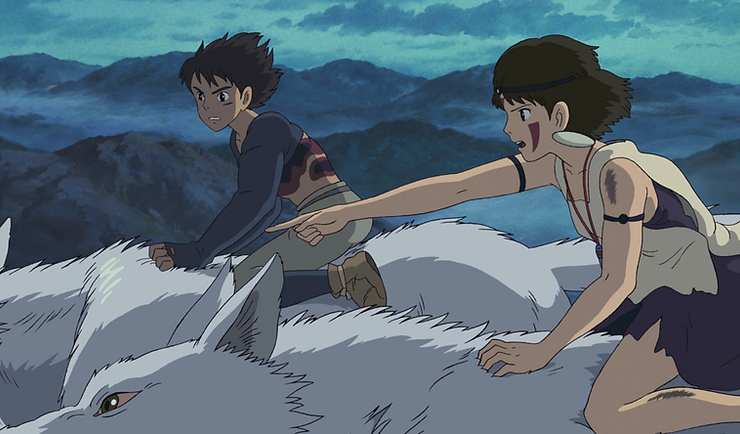By: Emily Chu
While we are talking about climate change and yet do nothing about it, a Japanese movie has already illustrated a future in which we use up all our resources, leaving none for the world we depend on to survive.
Released in Japan on July 12, 1997, by the famed animator Hayao Miyazaki, Princess Mononoke represented a period in Japan when nature decided to hit back. In 1992, a recession almost caused the economy to collapse, and three years later, in 1995, the Kobe earthquake hit Japan, killing 6,000 and leaving hundreds of thousands more homeless and traumatized.
Miyazaki, whose other films include Spirited Away and My Neighbor Totoro, knew that Studio Ghibli’s films widely seen as light and friendly.
“I get an urge to destroy it,” he said at the time. This was also because he wanted to shine a light on cursed parts of society.
“[Miyazaki] began to think, maybe I should not make [these films] entertaining, light-hearted stuff for children,” says Shiro Yoshioka, a professor in Japanese Studies at Newcastle University. “Maybe I should make something substantial.”
The film itself is set in the 14th century Japan, during the Muromachi period. The harmony that once existed between humans and animals is long gone. The story follows Ashitaka, who has been cursed by a dying boar god. The animal’s hatred wound up after it was shot by humans. Ashitaka seeks to find Shishigami, a deer god who controls the life and death of all living beings.
While traveling to find Shishigami, Ashitaka sees humans ravaging the earth, putting the world and nature out of balance. The Tatara ironworks is the main contributor to such unbalance. Lady Eboshi, the head of Tatara, has managed to anger the animals that live in this once harmonious society by destroying the forest for resources.
San, also known as Princess Mononoke, was always in conflict with Lady Eboshi over he use of all the materials and resources the forest could supply. Raised by the wolf god Moro, perhaps San is biased. However, it can’t be doubted that humans are still this way today.
Later in the film, Lady Eboshi kills many other creatures, ostensibly for “her own survival,” turning them into clusters of hatred boiling that boils out of their skin like worms. She also kills Shishigami, whose death meant means end of the forest, the world, and ultimately all human beings.
But the film isn’t full of plain “good and evil.” Lady Eboshi may be the main antagonist, but she really isn’t that bad of a person. Even though she is the head of ironworks, which was made to manufacture guns to fight against nature, she is also the liberator of women who used to be oppressed. San (Princess Mononoke), the deuteragonist, was always against Lady Eboshi, but sometimes she is a bit extreme. Having been raised by wolves to think that humans are evil, she can never accept that she is a human, and that she can never forgive humans for the destruction they caused to nature.
Today’s political and climate crises are not much different from those Miyazaki illustrated in his 25-year-old masterpiece. While we are arguing about how to slow down climate change, we seem to forget that our goal is to live harmoniously with nature and protect it so that humans can survive, too.
Sometimes we forget that we are only a part of the vast universe, and that we have only existed for a few seconds in terms of Earth’s lifespan. We have managed to destroy it in less than a millisecond.
When will we think not just of ourselves, but of all living things?
Sources:
https://bbc.com/culture/article/20220713-princess-mononoke-the-masterpiece-that-flummoxed-the-us











